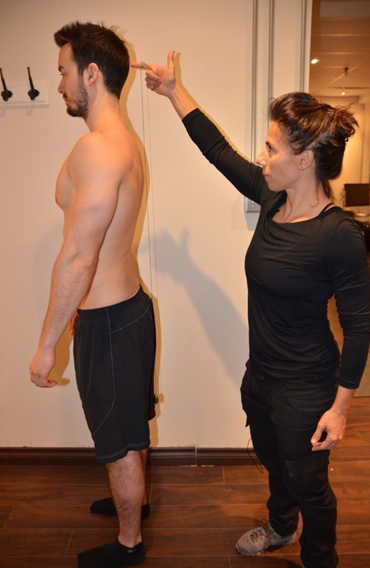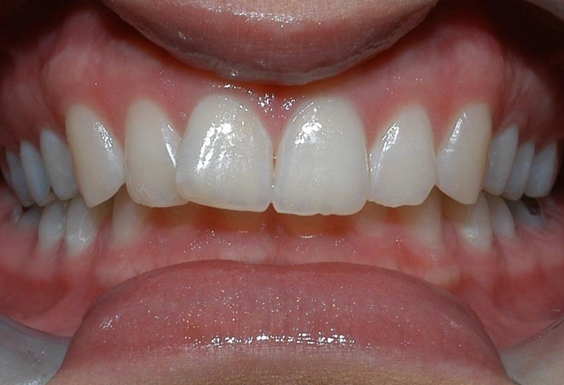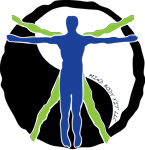Low back pain is the second most common ailment amongst Americans, behind the common cold. Why exactly is that? Weak core? Constant sitting? Sedentary lifestyle? Genetics? According to Posturologists, deficiencies in posture (even down at your feet) have a huge impact on low back pain. This article from strengthsensei.com details what exactly a Posturologist is, and how posture from head -even mouth- to toe can be affecting your back pain:
The Posturology Solution to Low Back Pain
Guest blog by Annette Verpillot, President, Posturepro
“Approximately 80 percent of Americans will suffer back pain in their lives, and at any given time 20 percent of American are suffering from some level of back pain.” These statistics have been recited so many times for the past four decades that its source has become a mystery. Whatever the source or however disturbing the numbers, it’s no mystery that chronic back pain is a major health crisis, not just in America but throughout the entire world.

As a public service, the National Institute of Arthritis and Musculoskeletal and Skin Diseases developed a publication for the lay person that discusses the causes and treatments of back pain. Among the common causes of back pain listed were kidney stones, infections, fibromyalgia, scoliosis, and arthritis. Among the risk factors of back pain listed were the following: Age, poor physical fitness, overweight, heredity, job requirements, smoking, race, and diseases such as arthritis and cancer.

This governmental report provides an excellent overview on the topic of back pain. Where it falls short is ignoring the effects of improving posture in not just preventing back pain, but also resolving it. In fact, poor posture is not even listed as a direct, potential cause of back pain.
There are many proven ways to alleviate temporarily acute bouts of back pain. Among the most popular are the manipulative therapies. Resetting a vertebra is fine; knowing why a vertebra is out of alignment is better. This is how Posturology is a great tool to add to your arsenal.
Posturologist will address back pain by looking at deficiencies in the body’s postural sensors. The three main sensors, in order of importance, are the feet, the eyes, and the skin. And the Posturologist has many tools that may help correct these deficiencies. However, there are some medical conditions affecting posture that require the help of conventional medical services.

For example, having an overbite (in which the upper teeth overlap the lower teeth) can cause a forward head posture. In this case, a Posturologist would refer out to a specialized dentist. Knowing when to refer out is a skill that requires a considerable amount of education, which is why the Posturology course is so intensive – it’s not a course of study that can be mastered in a half-day seminar or webinar.

One example of how a Posturologist can help prevent or resolve many types of back pain relates to the
condition called lumbar hyperlordosis, which is characterized by an excessive arch in the lower back. Many trainers attempt to address this condition by strengthening the erector spinae muscles with exercises such as back extensions and deadlifts. Or they will try strengthening the abdominals with exercises such as sit-ups and leg raises. Strengthening these muscles without addressing the cause of the lumbar hyperlordosis may be a mistake. Let me explain.

The erector spinae muscles is, in fact, three sets of parallel muscles (iliocostalis, longissimus, and spinalis). These muscles run the entire length of the spine, from the occipital bone on the neck to the sacrum. If the spine is already excessively arched, performing exercises that contact these muscles may in fact cause more muscle tension and possibly muscle spasms. Likewise, performing traditional abdominal exercises, such as leg raises and sit-up variations can cause the muscles that flex the hip to contract, thus increasing the lumbar curvature.
In contrast, a Posturologist performs a series of postural assessments to determine the true cause of the postural issue. Often, the cause of lumbar hyperlordosis is fallen arches. Fallen arches, technically referred to as valgus feet, force the leg bones into internal rotation, which causes the lower spine to hyperextend. As such, using methods to reform the arch will in turn externally rotate the leg bones into their optimal alignment that places minimal stress on the lower back.

Lower back pain is a complex problem that often requires a multi-disciplinary approach to resolving. A Posturologist has the knowledge and tools to identify many of the possible causes of lower back pain and the tools and skills to help resolve them. If you’re currently suffering from back pain, or want to avoid it in the first place, consider Posturology.
If you’d like to learn more about how your specific posture might be affecting your spine, or to schedule a Full Body Assessment, please contact Mind Body Fit at 631-827-2845 or mike@mindbodyfitllc.com.


